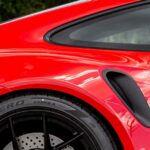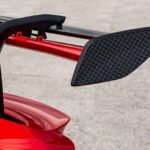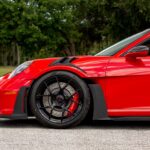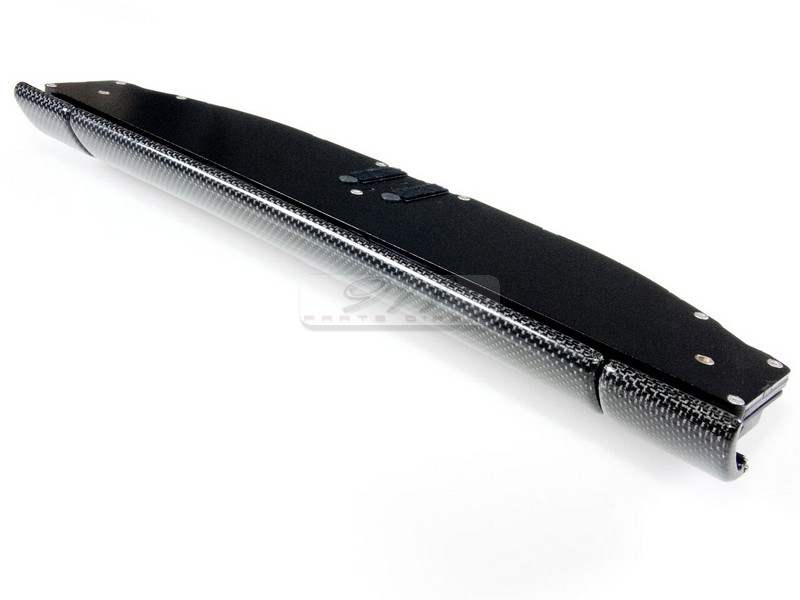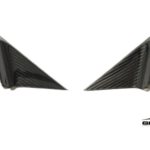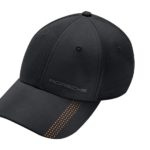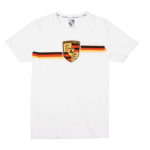The Porsche 911 is one of the most iconic cars in the world. It has been a symbol of luxury and performance for more than 50 years, and its impact on automotive culture can’t be overstated. This beauty was featured in films, magazines, and on TV. It has been raced in some of the most prestigious events in the world. Porsche’s 911 has always had a fanatical following, and it is still going strong today.
History
The Porsche 911 was first introduced in 1963 and has been continuously produced since then. It was initially designed as a successor to the Porsche 356 and featured a 2+2 coupe body style. Over the years, it has seen many changes in design, engine configurations, and trim levels. The 911 has become synonymous with performance and luxury thanks to its powerful engines and well-appointed interior features.
911

The first generation of the Porsche 911 was produced between 1964-1989 and is known as either the “901” or “911”. This model featured a 2.0L flat-6 engine and a distinctive “whale tail” spoiler which became a hallmark feature on subsequent models. It was also available in both coupe and Targa versions.
930

In 1975, Porsche released their second generation 911, commonly referred to as the “930”. This iteration featured an all-new 3.0L turbocharged engine which provided more power than any previous model. It was only available as a coupe. However, it kept many of the design elements from its predecessor, such as its whale tail spoiler and shapely bodywork.
964
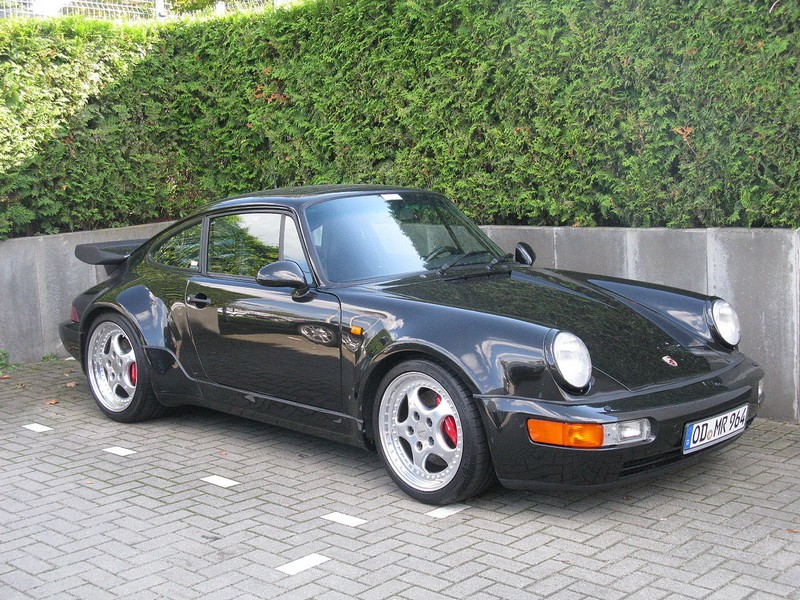
Roughly ten years later, in 1989, came what many consider to be one of the most iconic iterations of the 911: The 964 series. This model featured an all-new body style and began using water-cooled engines instead of air-cooled ones for improved performance and reliability. It was also available in both cabriolet (convertible) and Targa versions alongside its traditional coupe counterpart.
993

The 993 series marked yet another major milestone for Porsche in 1995, with an even more refined body style and high-performance twin-turbocharged engines becoming available for buyers wanting even more power out of their cars. The 993 also ushered in an era where stability control systems were standard on all vehicles providing drivers with even greater control over their cars at high speeds than ever before.
996

The next major update came in 1999 when Porsche unveiled their fourth generation 911, known as the 996 series. This model featured an all-new design language as well as completely reworked engines that now used water cooling instead of air cooling like previous models had done since 1964. Additionally, this series also introduced many new technological features, such as ABS brakes and traction control systems for improved safety on roads at higher speeds.
997
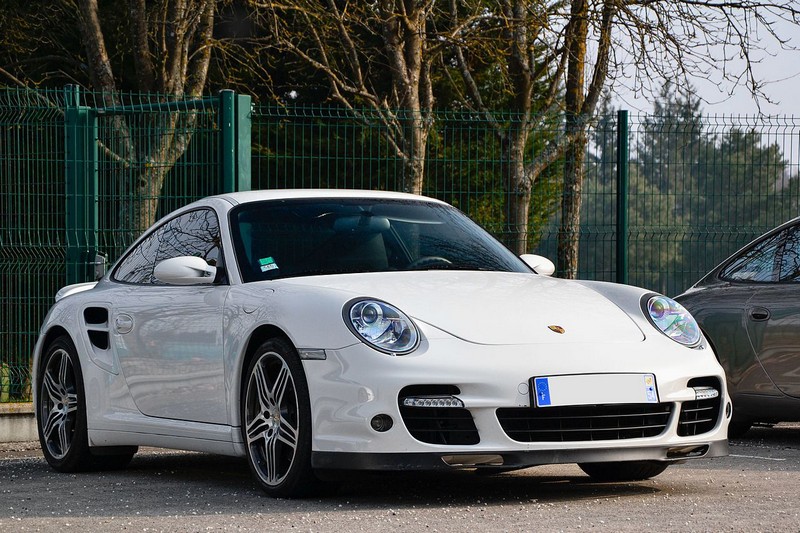
The 997 was introduced in 2005 and saw further improvements over its predecessor, including better aerodynamics and improved handling thanks to revised suspension geometry. The exterior design was updated to a more angular shape reminiscent of classic 911s, such as the 2.7 RS model from 1973. The engines were also upgraded with larger displacements and higher power outputs than before. In addition, optional features such as xenon headlights, adaptive cruise control, satellite navigation, and automated climate control became available on certain models.
991

Introduced in 2012, the 991 was yet another significant departure from previous generations of the 911; it featured an all-new body that allowed for a wider track width, improving stability when cornering at high speeds. It also featured revised suspension components, which improved agility compared to earlier models while maintaining excellent road-holding capabilities. Inside there were plenty of luxury touches, such as leather upholstery and touchscreen infotainment systems with smartphone integration capabilities.
992 Series
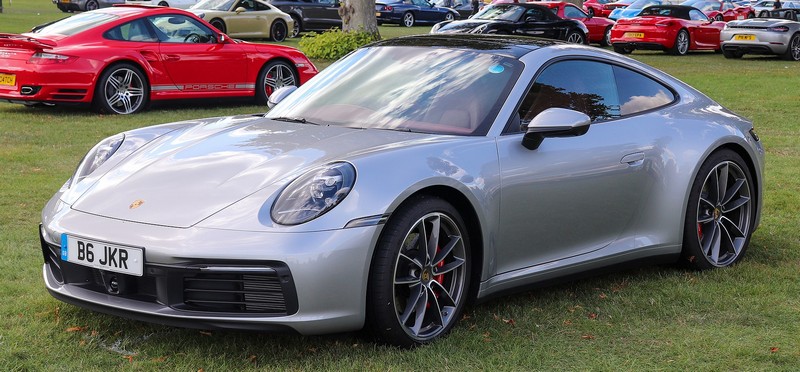
Introduced in 2012, the 991 was yet another significant departure from previous generations of the 911; it featured an all-new body that allowed for a wider track width, improving stability when cornering at high speeds. It also featured revised suspension components, which improved agility compared to earlier models while maintaining excellent road-holding capabilities. Inside there were plenty of luxury touches, such as leather upholstery and touchscreen infotainment systems with smartphone integration capabilities.
Engine & Performance
The heart of any car is its engine, and the Porsche 911 is no exception. Originally equipped with air-cooled flat-six engines ranging from 3.0 to 3.3 liters in capacity, today’s 911s are powered by water-cooled twin-turbocharged versions ranging from 3.0 to 4.0 liters. Depending on the model, these engines can produce up to 620 horsepower and 590 lb-ft of torque, allowing for 0-60 times as low as 2.3 seconds and top speeds of up to 205 mph.
Design & Features
The Porsche 911 is known for its distinct design language, which has remained relatively unchanged since its debut in 1963. The car’s classic silhouette is instantly recognizable and still looks modern today. Inside the cabin, you’ll find a well-appointed interior with premium materials like leather and Alcantara accents. Depending on the trim level, features like heated seats, a panoramic roof, a navigation system with Apple CarPlay integration, and an advanced infotainment system are available.
Variants
Carrera
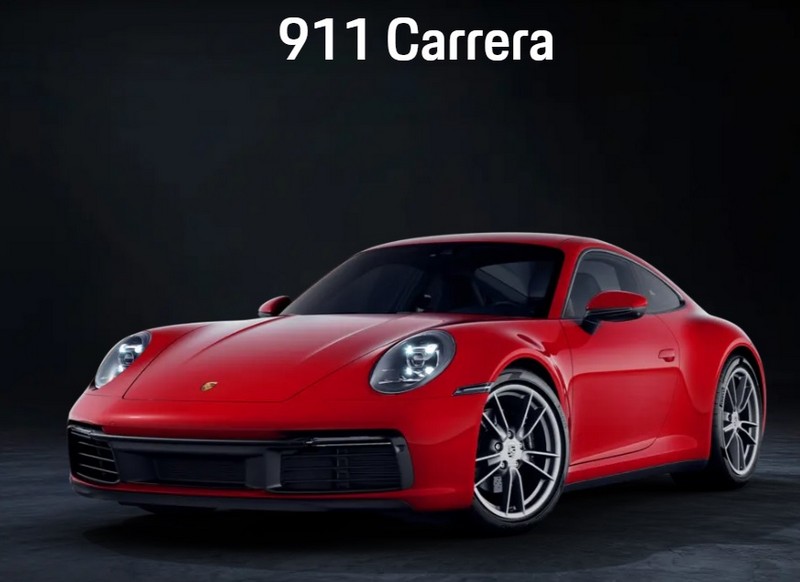
The entry-level Carrera trim is available in both coupe and cabriolet styles, with either rear-wheel or all-wheel drive. It comes with a 3.0-liter twin-turbocharged flat-six engine that produces 379 horsepower and 331 lb-ft of torque, giving it plenty of oomph for spirited driving. It also features an 8-speed PDK transmission and adaptive suspension with three settings—Normal, Sport, and Sport Plus—for optimal ride comfort.
Targa
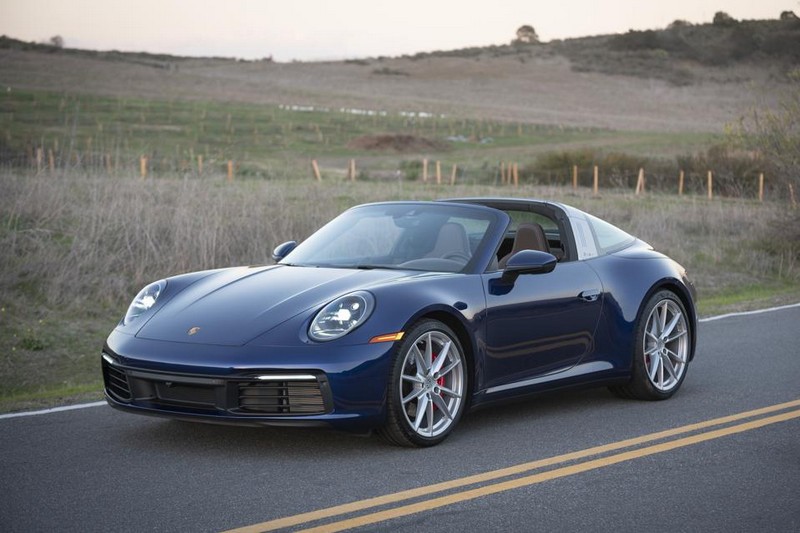
The Targa variant takes its name from the 1965 Porsche 911 Targa, which was designed to be part open-top car and part hardtop coupe. This variant features a distinctive roll bar over the cabin that gives it a unique look compared to other 911s, along with a sliding glass roof panel for added style points. It also comes with an updated version of Porsche’s 3.0-liter turbocharged engine that produces 444 horsepower and 390 lb-ft of torque for an even sportier driving experience than the standard Carrera.
Turbo
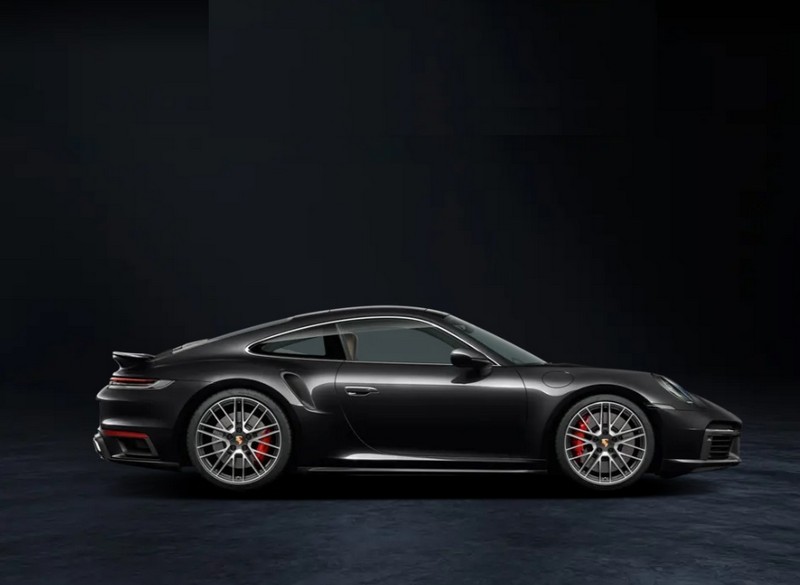
The Turbo trim adds even more power to the equation thanks to its 3.8-liter twin-turbocharged flat-six engine, which churns out 572 horsepower and 553 lb.-ft of torque for blistering acceleration off the line. It also adds several performance upgrades, such as an active aerodynamic system that reduces drag at high speeds and active suspension dampers for improved handling around corners. The Turbo also features carbon ceramic brakes for better stopping power when you need it most.
GT3/GT3 RS
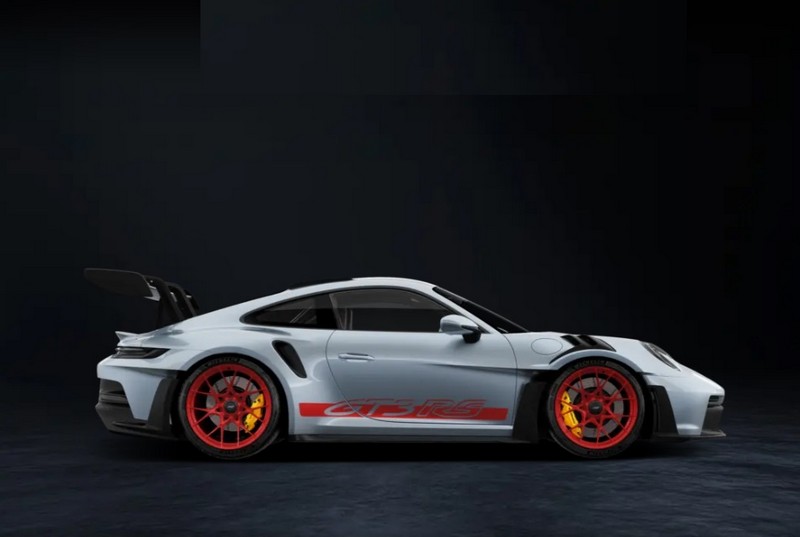
If you’re looking for pure performance, then look no further than the GT3/GT3 RS trims. These models feature a 4.0 liter naturally aspirated flat-six engine that produces 493 horsepower and 339 lb.-ft of torque for maximum speed in straightaways or around tight turns alike. They also come with upgraded brake systems featuring six & eight-piston calipers, respectively, as well as lightweight body panels to reduce overall weight while still providing superior handling dynamics compared to other variants in the lineup.
GT2/GT2 RS
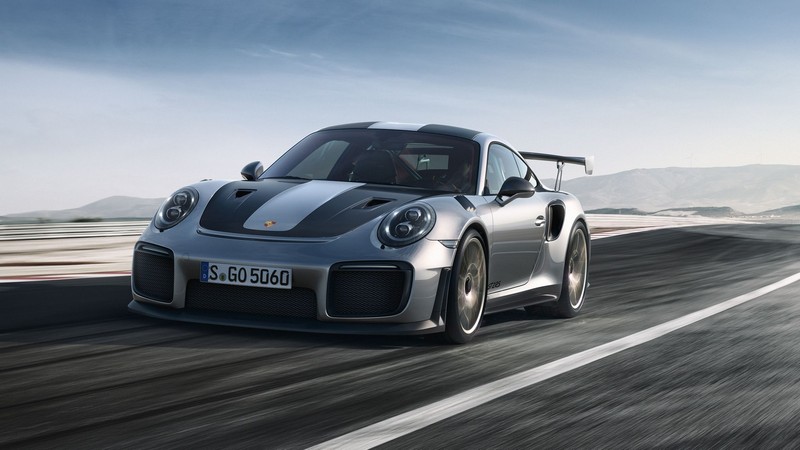
Last but certainly not least is perhaps the ultimate expression of performance from Porsche; the GT2/GT2 RS trims feature a 3rd generation twin-turbocharged engine producing up to 700 horsepower in some configurations! They also come with uniquely tuned suspension settings along with larger brakes & wheels than any other model in order to handle this massive power increase compared to other variants in the lineup; these are truly track-ready machines.
Conclusion
The Porsche 911 is an icon of automotive excellence and has been for more than 50 years. Its combination of classic styling, powerful engines, luxurious features, and race-winning performance make it one of the most desirable cars in the world. Whether you’re looking for a daily driver or a track weapon, there’s no better choice than the Porsche 911.






